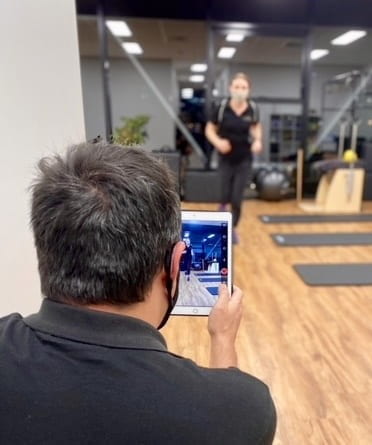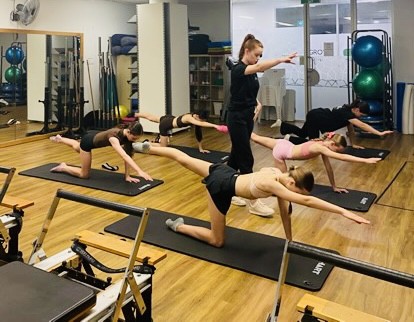Running physio update
 So you’ve decided it’s time to shed some winter kilos and get fit before it’s too late when spring finally arrives. You’ve got your friends
together in a bid to strengthen your resolve, a new pair of shoes and you’re chomping at the bit to get this ‘early morning run &
fitness’ thing underway. The first and second weeks are fantastic when you jump out of bed and get to the park before dawn to meet up with
the other warriors to pound the pavement while everyone’s still in bed. You’re feeling great because you’re getting fit, sleeping well and
this is actually happening. Third and fourth weeks become a bit less exciting when the alarm gets a little more offensive and you’re sure it
wasn’t this cold last week. Your knee or ankle starts to complain during the day, which also becomes a little harder to get through because
fatigue is beginning to settle in and the ‘not so happy’ you has to deal with ‘life’, because that doesn’t stop just because your knee’s
sore. Weeks five and six sees the first late night text messages to your friends letting them know you won’t be there in the morning because
you need a good night's sleep, but you promise you won’t miss the next one. Slowly the text messages become more frequent from you and your
friends until you all decide you need to find another way to do this, but you can be proud of how far you’ve come and the efforts and gains
that have all been made.
So you’ve decided it’s time to shed some winter kilos and get fit before it’s too late when spring finally arrives. You’ve got your friends
together in a bid to strengthen your resolve, a new pair of shoes and you’re chomping at the bit to get this ‘early morning run &
fitness’ thing underway. The first and second weeks are fantastic when you jump out of bed and get to the park before dawn to meet up with
the other warriors to pound the pavement while everyone’s still in bed. You’re feeling great because you’re getting fit, sleeping well and
this is actually happening. Third and fourth weeks become a bit less exciting when the alarm gets a little more offensive and you’re sure it
wasn’t this cold last week. Your knee or ankle starts to complain during the day, which also becomes a little harder to get through because
fatigue is beginning to settle in and the ‘not so happy’ you has to deal with ‘life’, because that doesn’t stop just because your knee’s
sore. Weeks five and six sees the first late night text messages to your friends letting them know you won’t be there in the morning because
you need a good night's sleep, but you promise you won’t miss the next one. Slowly the text messages become more frequent from you and your
friends until you all decide you need to find another way to do this, but you can be proud of how far you’ve come and the efforts and gains
that have all been made.
Sound familiar? Then chances are you may have bitten off a little more than you can chew and felt the inevitable consequences of this common situation, hopefully before you land in a physio clinic with an injury. However, there is light at the end of the fitness tunnel so you can take those shoes off Gumtree and dust off your water bottle, it’s time to hit this from a more scientific approach.
The first step to take is to find your resting heart rate and the ‘Karvonen formula’ to find your heart rate goal for the session. You generally want to aim to increase your heart rate to around 60 - 70% maximum for the first 3 weeks. Now, depending on your current fitness level this could mean a brisk walk, walk/jog combo or a slow jog for around 20 minutes. Typically 2 - 3 sessions per week is a fantastic way to introduce your body to this new load and give it time to respond and recover before you train again. This method will also help to keep away some common injuries we see when too much is done too quickly, and these can range from sore heels or achilles all the way to sore neck, shoulders and headaches.
At the end of the first few weeks if you’re feeling good and you’re ready for more then it’s time to turn up the heat a little. The ‘F.I.T.T. Principle’ is a K.I.S.S. way to ensure measurable, safe and consistent progress to your fitness program that can be tailored to your preferences and directed towards your fitness goals. If you feel that there is a stage in your training that you would like to spend a little more time with to really nail it, then that’s the beauty of this principle, you can simply add another week or two until you’re ready to step it up again. Or similarly, when you have reached your training goals of regular, pleasant and invigorating training, then you can stick with that program level to maintain the fitness you have just earned yourself.
There is always more than one way to skin a cat, as there are an infinite amount of training techniques and strategies to fitness and how to safely get into it. This is just one way, but it is a ‘one size fits all’ for the non-injured, aspiring walker/runner to get started safely and without a lot of set up.
Good luck with your training, and happy walking/running.
Barry Czitan
Physiotherapist
.svg)
.jpg)




